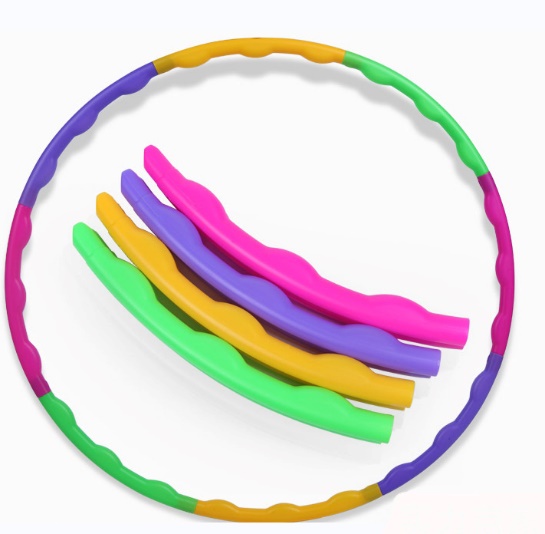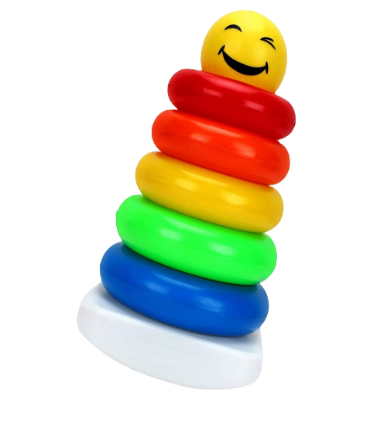Blogs
WHY INDIAN GOVT. ENCOURAGES TOY MAKING BUSINESSES MAKING BUSINESS
The answer to the question is in 2020 the revenue in toys and games was $38.1 billion and pretended to 9.6% CAGR till 2023. Currently, China is at the top with $62.8 billion.
Indian government motivates and urges the Indian startups in the toy sector to maximize manufacturing and increase the reach of Indian made toys to the world. After holding a meeting with senior officials and ministers, the Prime Minister make a statement and urge the start-ups and young blood to innovate in the toy sector. Also, PM has given the suggestion to the educational institutions to arrange competitions in toy technology and design.
Consumer affairs minister Shri Ram Vilas Paswan announced. That the toys imported to India should comply with the quality norms from September 1. Also, the officers of the Bureau of Indian Standards (BIS) will be at all major ports to collect samples and check the quality of imported toys.
Our Prime Minister added in his statement that India has many toy manufacturers and artists who can design and make toys for children to teach them life skills and motor skills. For the success of the Aatmanirbhar Bharat and Vocal for Local campaign. The group of toy manufacturers should introduce innovative methods for manufacturing toys.
To increase the domestic manufacturing of toys. The government has to increase the import duty to 200% in February this year. The increased import duty increases the domestic production of toys.
Now if you want to start a toy-making business but don’t know about it. There are different types of toys made with various methods. Make sure that the raw material used in toy making should be according to rules and safe for the children.
Toys are made with manufacturing processes like blow moulding, injection moulding, etc. Also, toys manufacturers introduce automation in the manufacturing process to make the toys quickly. With the proper infrastructure and workers, you can manufacture the best quality toys.
For the best quality toys, the machine plays an important role. Buy a machine from well-known machine manufacturers so you will get the best after sell service.
Indian Toy Industry: A Step Towards Aatmanirbhar Bharat
India’s unexploited toy sector shows a huge growth possibility in the global toy industry. The Government of India has focused on promoting exports and toy production in India by formulating various schemes. At the same time, the toy manufacturers of India need to come up with new, innovative, and technologically advanced methods to boost domestic toy production and exports.
Indian Toy manufacturer is trying to hold its ground and earn a name as a toy manufacturing hub. The efforts are gradually but steadily bearing fruits towards an ‘Aatmanirbhar Bharat’. As mentioned by IMARC Group, the Indian toys market reached a value of $1.23 billion in 2020.
The markets estimate to grow at a CAGR of 12.2% during 2021-2026. Although, China takes a large part of this pie as 70% of India’s imports come from the dragon country. In February 2021, Prime Minister Narendra Modi inaugurated the country’s first toy fair. To boost the Toy manufacturing sector, over 1000 virtual stalls, webinars by State Governments, and knowledge sessions by experts. When addressing the fair, Prime minister Modiji pushed the ‘Vocal for Local Toys’ slogan and said, “Most Indian toys are built out of natural and eco-friendly materials.
Can we make an effort to make minimal use of plastic in toys and use such material that can be recycled?” To this idea, a few start-ups in our country are doing great work by making eco-friendly toys under the ‘Made in India’ tag on their product.
Indian Toy Industry
The toy market is around US$ 100 billion worldwide and in the last few years, the US, China, and Japan have projected themselves to be the top three countries in toy sales worldwide. India exports toys worth up to US$ 130 million in the year 2019-2020, with the US and the UK being the lead export destinations.
Though the Indian toy market worldwide is a mere US$ 1.5 billion or 0.5 of the total global market. It’s growing gradually at a healthy pace of around 15% per annum, indicating a huge possibility of placing the toy industry on the global map. Thus, the country’s toy exports are estimated to grow to US$ 2-3 billion by 2024 and with a total domestic demand of US$ 1 billion.
India presently imports an estimated 80% of its domestic demand from other countries, predominantly China and this indicates that India can accomplish only an estimated 20% of its domestic demand.
Currently, India is importing US$600 million worth of toys imported from China, most of which manufacture injection-moulded plastics and electronics.
As mentioned by National Investment Promotion & Facilitation Agency, “the toy industry in India is predicted to be 1.5 billion dollars, which is around 0.5% global market share. The Indian toys industry is estimate to grow about to $2-3 billion by 2024”.
The report also mentioned, ‘the requirement for the toys will expand by 1.2 times. In India, toy production is mainly located in Maharashtra, NCR, Karnataka, Tamil Nadu, and across central Indian states. The toy division has 4,000 toy industry units from the MSME sector.

Start Your Toy Manufacturing Business with CMP Machines
At the time of our childhood, toy playing is an essential role in our life. There are various types of toys available in the market. Among them babies, kids, teens, and even adults, each and everyone loves toys. Some toys do please not only the children but also improve their imagination, creativity, and. more. Hence to help you produce the right toy at the right cost CMP helps you the best with the available technology. CMP offers a wide range of machines which can produce various kinds of toys. The latest innovations by CMP like mode 1000G-H1 and 300G-H1 are specially designed for toy industries. To know more kindly contact us. We also provide customized solutions for toy industries as per the product specification.
CMP – CENTRAL MACHINERY & PLASTIC PRODUCTS provides excellent guidance on how to start toy manufacturing. Which types of machines do you need to choose? how you can grow your business? and how you can operate the machine?
If you have any queries, kindly Contact Us. We are here to help you.



